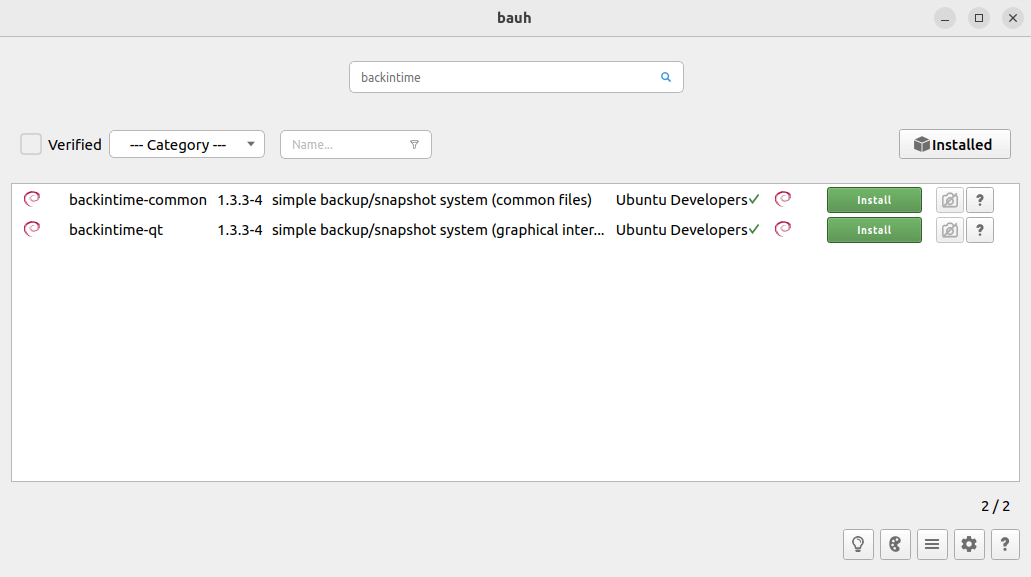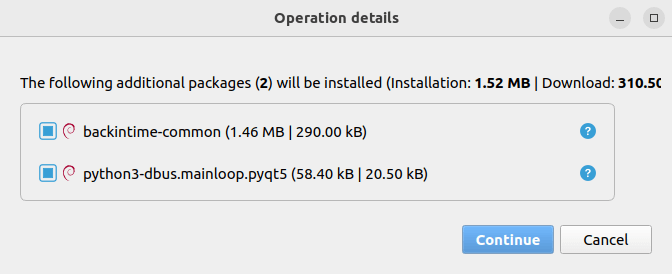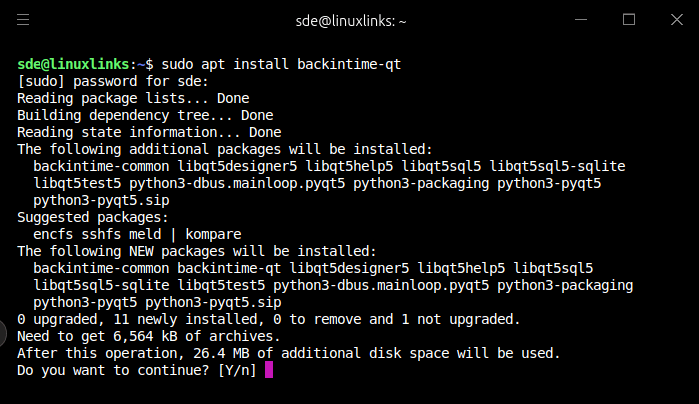Having a solid data backup strategy is imperative in keeping your data safe. Your storage drives won’t last forever. Also, hardware failure is just one way you can lose data. Even though Linux is less at risk of nasties like ransomware attacks than other operating systems, it offers no protection from things like natural disasters.
Probably one of the most important software applications, but often neglected, is the backup program. The best Linux backup software will keep you covered when you accidentally delete files, or when a disk bites the dust. Backup software protects a variety of file types, including documents, databases, photos, music, and videos. Backup software provides an automated solution for creating, managing, and restoring data from backups.
There are different types of backup software including full backup software, incremental backup software, and image backup software.
![]() Back In Time is software that lets you backup files and folders. It uses rsync in the background. rsync is a robust and reliable utility that provides fast incremental file transfers.
Back In Time is software that lets you backup files and folders. It uses rsync in the background. rsync is a robust and reliable utility that provides fast incremental file transfers.
Installation
We tested Back In Time with Ubuntu 23.10.
Our first port of call when installing software in Ubuntu is to search to see what options are available with bauh. It’s a graphical interface that lets you manage your software supporting Snaps, Flatpaks, AppImages, deb packages, and web applications.
As shown below the software is present in Ubuntu’s repositories.

bauh will automatically install a program’s dependencies.

As there’s a deb package in Ubuntu’s repositories, we could have installed Back In Time simply with the command:
$ sudo apt install backintime-qt

Next page: Page 2 – In Operation
Pages in this article:
Page 1 – Introduction and Installation
Page 2 – In Operation
Page 3 – Summary
